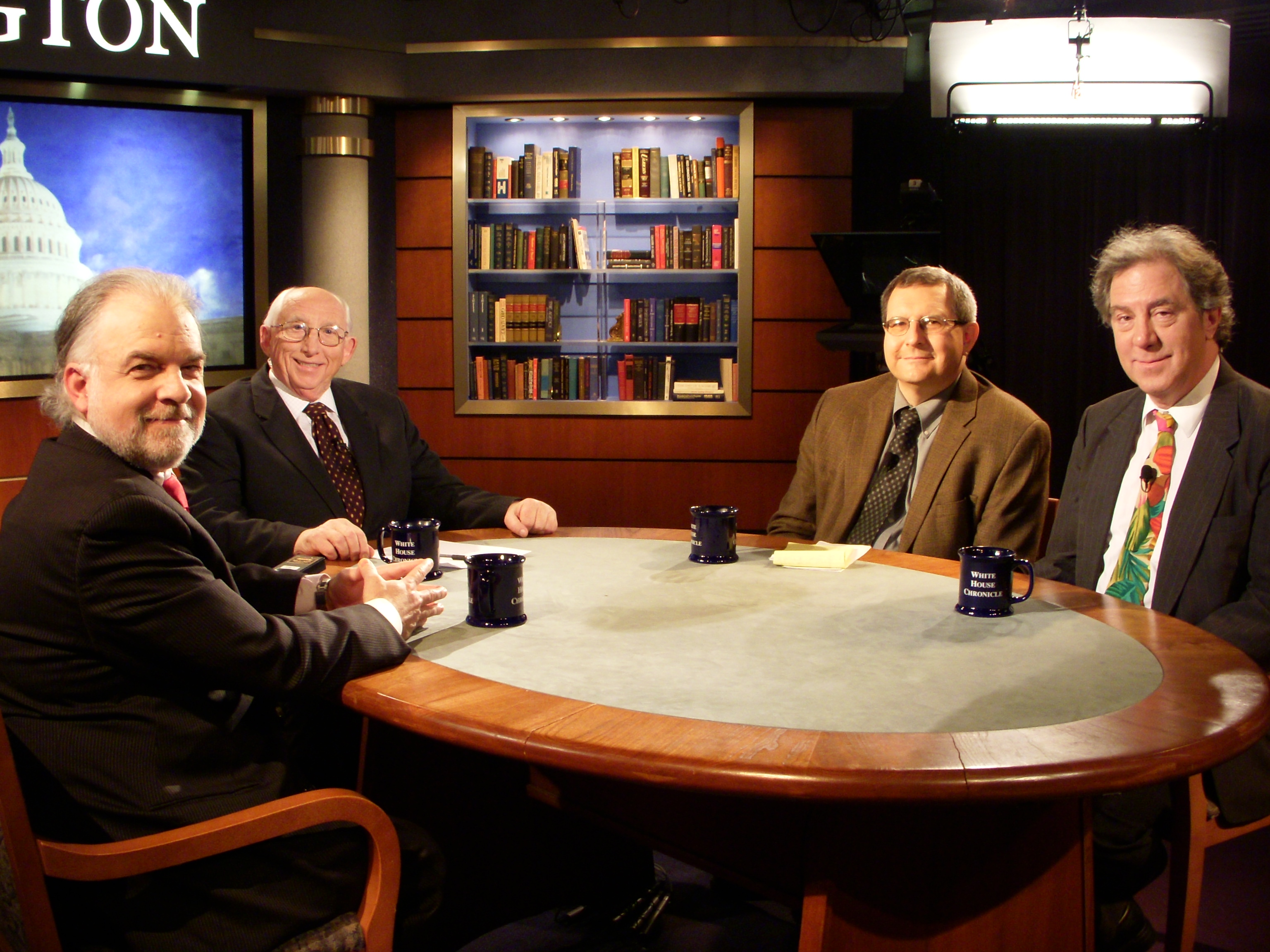Can we learn to love radiation? Maybe not, but if we understood it better, we might not be so damned scared of it – a fear that has cost us in many ways, from where reactors are sited to how hospitals handle life-saving nuclear material to the benefits of eradicating deadly bacteria in food.
There's a lot of data on the long-term effects of ionizing radiation, ranging from that which was generated by studying the health of survivors of the Hiroshima and Nagasaki bombings to the environment on the Bikini Atoll, where weapons were tested in the 1950s, to conditions at the Chernobyl meltdown site in Ukraine. The big news is that the data doesn't support the idea that cancer and mutations will follow as night and day after exposure to high doses of radiation.
Now the battle has been joined by a Harvard researcher and lecturer in public health, David R. Ropeik. He doesn't suggest that we rush out and encourage dentists to be even more promiscuous in their use of X-rays than they are already, but he does draw attention to the epidemiological data over the past 68 years and what it says: The linkage between very high radiation exposures and cancer and mutations isn’t there.
For years, it's been postulated that radiation leads to cancer axiomatically. The data says otherwise.
This glimmer of light, this pinprick, this faint glow could be the beginning of a new day in nuclear, or at least encourage a new look at radiation and its effects. It comes at a time when the American Nuclear Society (ANS), the professional society for nuclear scientists and engineers, is planning a more active public role.
The ANS president this year, Donald P. Hoffman, is a hard-driving nuclear advocate, who, in 1985, created the nuclear services company which he still heads, Excel. He'd like to see the 12,000 members of ANS step forward and provide honest witness in disputes about nuclear, believing that the professionals would be more believed than corporate people.
He'd also like to boost public knowledge of the uses of nuclear outside of generating electricity, especially in medicine, where it is growing. Already, about one third of hospital patients benefit from nuclear through CAT scans and X-rays to the direct application of radiation to cancer cells. This evolving therapy is less debilitating than chemotherapy or large-area radiation.
Hoffman says, “We are seeing nuclear science deployed in new ways,” including non-destructive testing, food irradiation, medicine, space exploration and many more. He believes the uses for nuclear technology are only in their infancy.
Outside of the hospital and the laboratory though, the big impediment to nuclear is the fear of radiation or, as popular phenomenon author Malcolm Gladwell would argue, the “fear of fear.”
In a recent New York Times piece, Ropeik salutes the Environmental Protection Agency for beginning to take a different look at how we should respond to a nuclear accident or even a terrorist “dirty bomb.” For example, because most radiation can be stopped easily, it may be better to go indoors than to begin a frenzied and hazardous evacuation.
As many as 30 years ago, Dr. Mortimer Mendelssohn of Lawrence Livermore National Laboratory, whose life’s work has been studying the populations around Hiroshima and Nagasaki, told me that the cancers and mutations he expected simply had not occurred. “They’re just not there,” he said.
At Bikini Atoll, the Pacific test site, marine life goes on. The vegetation has concentrated some long-lived radionuclides, but the marine life is healthy. At Chernobyl, the worst nuclear accident site, wildlife is teeming among the radioactive ruins.
Towns within the radiation belt around Fukushima, which are now safe for their populations to return, remain deserted. The Japanese population is in the grip of a national psychosis of fear — not of earthquakes and tsunamis, but of radiation. The earthquake and tsunami that damaged the reactors at Fukushima killed some 18,000 people but radiation killed no one.
The fear of fear is a social construct, as Gladwell and before him, Franklin Delano Roosevelt, pointed out — a mighty challenge for Hoffman and his ANS. — For the Hearst-New York Times Syndicate

 Follow
Follow
this is a good read to counter all the fear that is being spread about Fukushima
this is a good read to counter all the fear that is being spread about Fukushima
This does, in my opinion, a great disservice to the thousands of researchers and published articles that categorically contradict the statement by researcher/lecturer David Ropeik. That anyone should pay any attention to the pontificating of a blatant nuclear apologist like Mr. Hoffman is laughable. And, also in my opinion, I think it is unconscionable of you to repeat these assertions without at least presenting an opposing view citing all the mass of verified research and data that all draw completely different conclusions.
Here is a small sample:
http://www.dnalc.org/view/15529-Radiation-can-cause-DNA-mutations-3D-animation-with-narration.html
http://www.rerf.or.jp/library/update/rerfupda_e/comment/cause.html
http://learn.genetics.utah.edu/archive/sloozeworm/mutationbg.html
http://www.baltimoresun.com/health/sns-rt-us-nuclear-radiation-children-20131025,0,4735968.story
http://health.usnews.com/health-news/news/articles/2013/10/28/radiation-for-breast-cancer-may-raise-heart-risks-study
This does, in my opinion, a great disservice to the thousands of researchers and published articles that categorically contradict the statement by researcher/lecturer David Ropeik. That anyone should pay any attention to the pontificating of a blatant nuclear apologist like Mr. Hoffman is laughable. And, also in my opinion, I think it is unconscionable of you to repeat these assertions without at least presenting an opposing view citing all the mass of verified research and data that all draw completely different conclusions.
Here is a small sample:
http://www.dnalc.org/view/15529-Radiation-can-cause-DNA-mutations-3D-animation-with-narration.html
http://www.rerf.or.jp/library/update/rerfupda_e/comment/cause.html
http://learn.genetics.utah.edu/archive/sloozeworm/mutationbg.html
http://www.baltimoresun.com/health/sns-rt-us-nuclear-radiation-children-20131025,0,4735968.story
http://health.usnews.com/health-news/news/articles/2013/10/28/radiation-for-breast-cancer-may-raise-heart-risks-study
It is already widely known that the Linear No Threshold model is wrong at the low exposure end. This suggests that the link at the high end is less ironclad than assumed. Interesting.
Thanks. I will check out this Ropeik fellow.